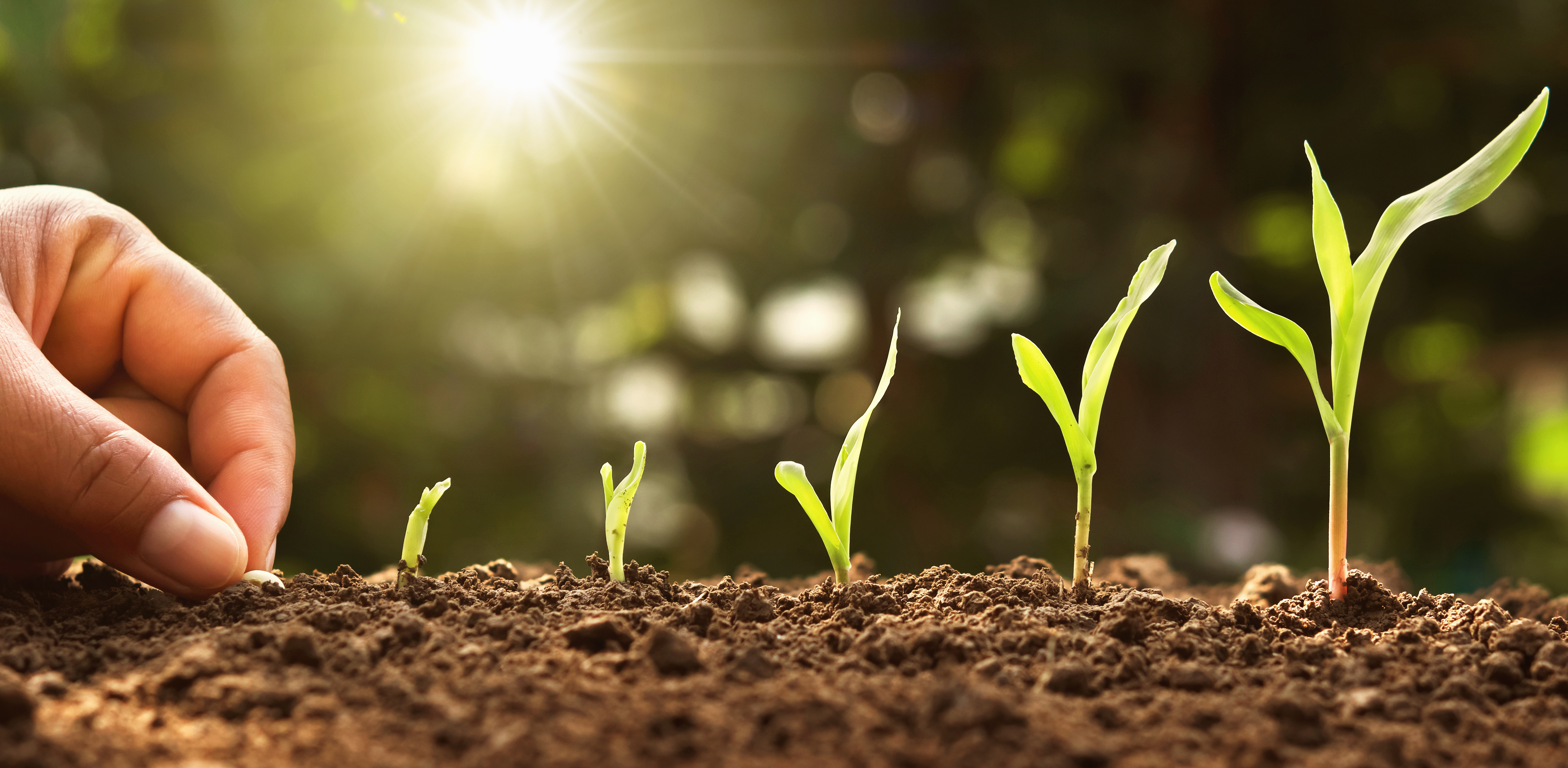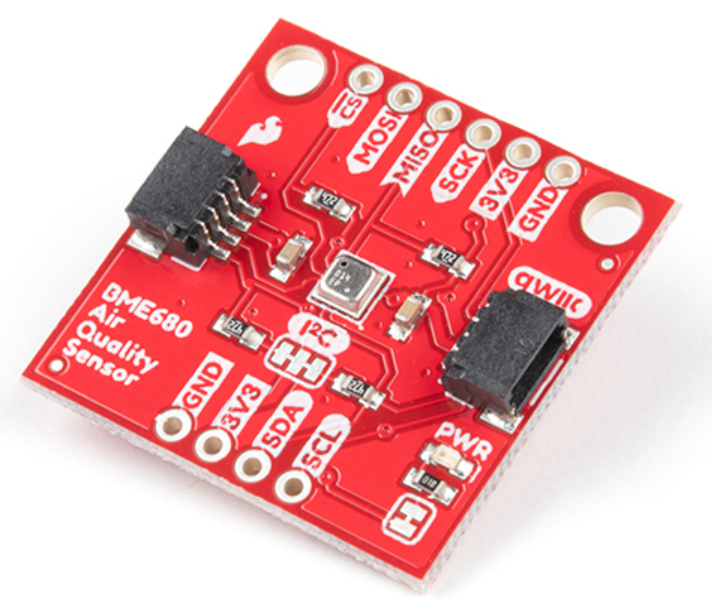How to garden better with an environmental sensor
May 27, 2022 by Rich Kurtzman, Brand Communications @ Fathym

April showers bring May flowers, or so the rhyme goes. While it was a dry April in Colorado, it surely has been a wet May, helping everything come alive in rebirth.
And as we find ourselves near the end of May, with wildflowers in full bloom, we present you with this spring poem:
Bees dance on flower tips,
Outside my window,
As spring unfolds,
My love for Earth grows.
Wind whistles through branches
Stray leaves do little dances
Life renews, plants are reborn
To stay in spring,
I deeply yearn.
- By Rich Kurtzman
Spring is an exciting time, especially when you live in a place that enjoys all four seasons. That much is true here in Colorado, where we had a somewhat mild winter, but it’s still one of the most exciting times of year. Temperatures are increasing, the birds and bees are fluttering around and that means it’s time to start thinking about gardening plans.
Why Garden?
If you haven’t tried growing your own food, it’s never too late to start. And there are so many reasons why everyone should grow a garden.
First and foremost, it gets us closer to the actual food we consume on a daily basis. In 2022, most of us are lucky enough to walk or drive to the local grocery store and buy basically any kind of produce we want. The abundance of food also leads to us tossing scraps at the end of meals. But when you grow your own, you’re more likely to cherish every, little bit of every piece of food you raised.
Next, growing a garden is good for the environment! That’s true both on an economic and personal level. Factory farms are tough on the soil they grow in, and they pollute a great deal, too. On a personal level, they’re beautiful to look at and improve your backyard’s feel. Plus, it’s an accomplishment.
Finally, gardening saves money on grocery bills in the late summer/fall.
How to grow better
No matter if it’s your first or 10th garden, there are ways to improve.
And while at its core, gardening is one of the simplest things people can do – planting seeds in the dirt and watching them grow – one way to improve your growing efforts is by turning to high-tech gadgets.
There are a litany of options out there, but the one we’re going to focus on today is an environmental sensor.
Environmental sensor
In our previous post about IoT gardening, we talked about a soil moisture sensor. It certainly is is one of the most important pieces of tech you can buy for a garden.
Next up, is an environmental sensor.
There are four crucial factors to growing food: Water, temperature, light and nutrients.
Nutrients should be the first thing done at the beginning of the year, in the early spring. That means buying compost – mushroom compost, or another blend of your choice – and amending the soil. Simply, it’s mixing the nutrients into the soil so your plants have all the food they need to grow big and strong.
Then, there are the other three factors which you’ll be worrying about all year.
You want enough light, but not too much that it raises the temperature and dries out your soil.
What’s awesome about the environmental sensor is it will read the temperature as well as humidity, barometric pressure and air quality.
Sensor
There are a ton of different sensors available, but for this case we’re going to use SparkFun’s environmental sensor.
SparkFun is a Boulder-based company just like us at Fathym, and they make great products.
This environmental sensor combines four different sensors into one. At a mere $22.50, it’s relatively inexpensive way to get a ton of quality information with the single sensor.

It will read temperatures between –40 C and +85 C. That’s great, and all, but what gardeners are really concerned about this time of year is making sure it stays above 40 degrees Fahrenheit (4.44C) because many plants – like tomatoes, peppers, tomatillos and more – will go into shock if the temperature gets too low. Of course, as the summer heats up, it’s good to know if your plants are roasting in the mid-day sun, too.
As for humidity and barometric pressure, they can help inform you if/when it may rain. That means assisting in knowing when to water your garden or leaving the spigot off for a day with some free moisture.
Finally, the air quality sensor may be less used, but it’s still interesting to have included, especially as wildfire season continues to elongate in the West due to climate change. And it may inform if less light is getting to your plants, too.
The Qwiic connector version of the environmental sensor is really convenient because the user can connect multiple sensors in a daisy chain to one computer. And for that computer, we’re using the SparkFun Thing Plus ($22.50).
So, all the user really needs is: A USB power connector, the Sparkfun Thing Plus, the soil moisture sensor, the environmental sensor and some Qwiic connect wires.
For all around $60, anyone could easily have this setup for their own garden.
But, how can you read the data?
IoT Ensemble
By using your SparkFun Thing’s WiFi connectability, you can easily transfer all that data anywhere you’d like. We suggest using IoT Ensemble.
IoT Ensemble is an easy and free platform which helps compile data.
Then, you can build a Power BI Report, and create a dashboard and/or website for free at Fathym.com. Display that data however you’d like to. It’s really that simple.
Watch how to setup your own IoT Ensemble account and get running today here.